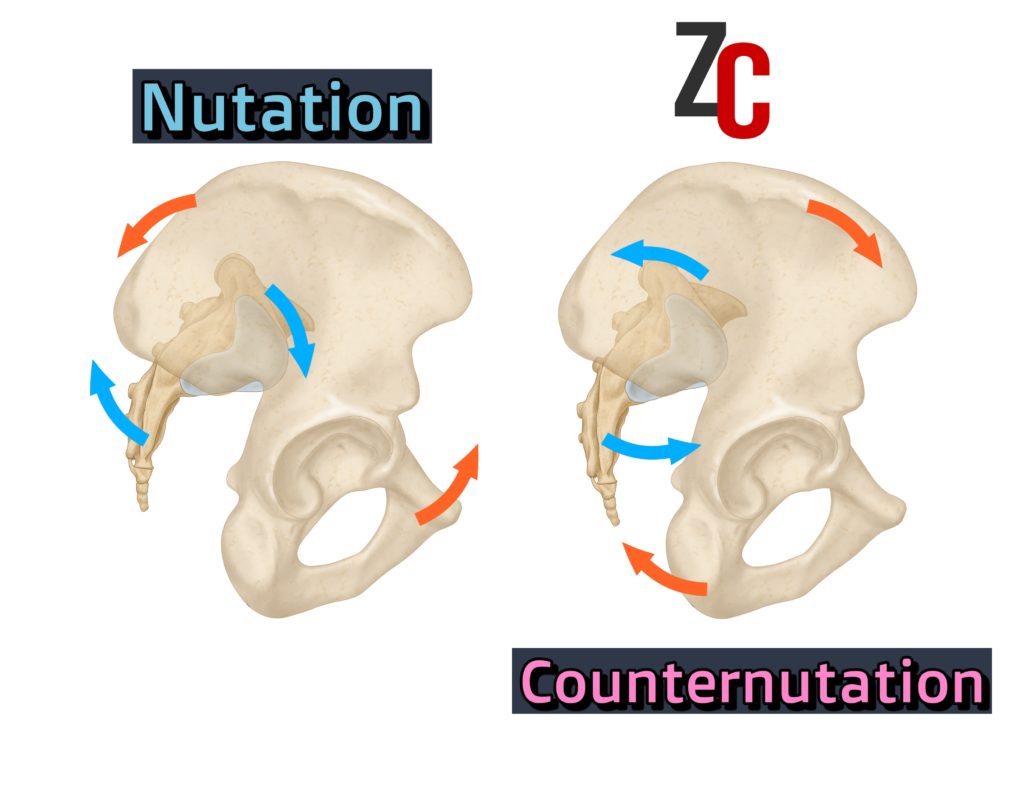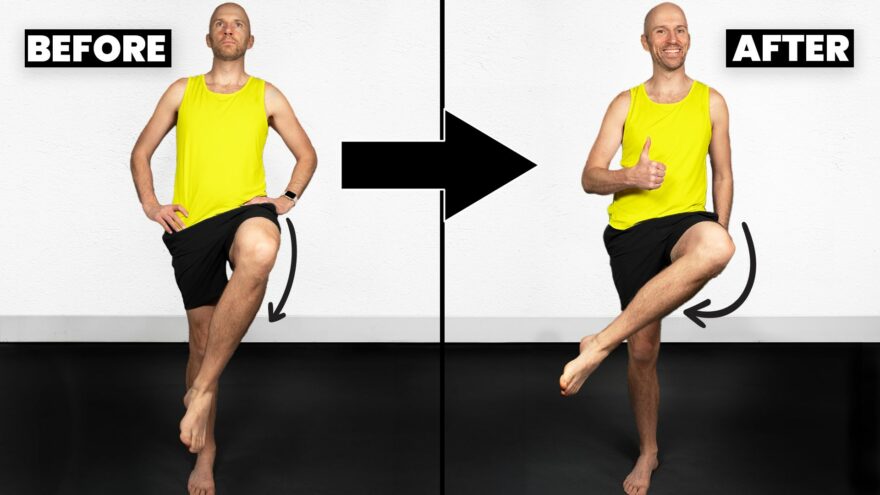Table of Contents
Enhancing Hip Mobility for Better Performance
Want to improve your hip health and athletic performance? Then you better make sure you have enough hip external rotation
Hip external rotation (ER) is vital for health and athletic performance.
In fact, research shows that if you lack hip ER, you’ll have increased risk of:
But the problem? NO ONE tells you how to best improve this motion.
That changes today.
In this post, I’ll show you the progressions I use that gain my clients A TON of hip ER.
Let’s dive in.
Hip External Rotation Biomechanics
Improving hip ER isn’t about reckless stretching. It’s about improving pelvic biomechanics that create this movement.
If you want hip ER, you need:

- Sacral counternutation
- Acetabular retroversion
If you can create these actions, you’ll have hip ER for days.
I have 3 tactics I use to do this.
The 3 Best Strategies to Improve Hip ER
Each of these strategies drive biomechanical actions that promote sacral counternutation. Be ready to have you ER gains on fleek!
Step 1: Expand the Posterior Upper Pelvis (0-60° Hip Flexion)
From 0-60º hip flexion, the sacrum counternutates, which promotes ER. Control this range, and you’ll ER with the best of ’em.
For this, I like a wall squat hold.
Here are the steps:
- Stand a foot away from the wall with a band above the knees.
- Hold arms at 60º shoulder flexion with bent elbows
- Sense weight through PSIS (bony part at the top of the pelvis), inner heel, and big toe base
- Squat down, maintaining these contacts.
- Keep knees centered over foot by applying pressure into the band.
- Silent nasal inhale
- Soft mouth exhale
- Repeat 5 sets of 5 breaths, 2 times per day for 2-4 weeks.
You can progress this movement to a goblet squat hold with similar strategies per above.
Step 2: Drive Full Hip Flexion
Maximal hip flexion drives full sacral counternutation. So if you have this, you have ER.
An easy way to achieve this range is by taking the squats you did above, performing them to full depth on a ramp.
But if you REALLY want to maximize your mobility, I’d look into a zercher squat.
Here are the keys:
- Stand on a ramp
- Keep weight on inner heel and big toe base (a bit more heel heavy)
- Place a barbell between the elbows, keeping it close to you body
- Inhale – Drop down. Keep the arms still
- Exhale – back up
- Progress loading as able
- Start with 2-3 sets of 8-12 reps.
While this will get you A TON of motion, adding a rotational element can improve things even further. The way we do that? Flexing one leg fully.
The single leg turtle roll is great for that.
- Bring one knee to the chest, other leg straight.
- Inhale, roll backward.
- Exhale, roll forward.
- Perform 2-3 sets of 10 rolls.
Progress this to the cicinelli turtle roll with a yoga block for a real ab burner:
- Feet and knees together
- Elbows together
- Hold a block between elbows and knees
- Hands on your forehead
- Inhale, roll backward
- Exhale, roll forward
- Try and get up. Good luck 😉
Step 3: Outside Knee Contact
Hip ER is also produced at full hip extension. Driving lateral knee contact promotes this aspect of hip ER.
I start a lot of people with the sidelying 5 month exercise to learn this contact.
- Lie on your side, reach top arm and leg forward.
- Roll torso onto the bottom outside elbow and knee.
- Silent nasal inhale
- Soft mouth exhale
- While exhaling, push your torso up through the elbow and knee points
- Maintain 3-4/10 pressure throughout as you breathe. No sagging aloud
- Try five sets of five breaths, twice daily for 2-4 weeks.
Progress this to a side plank variation that also emphasizes this knee contact.
The setup is pretty much the same as the 5 month. The only difference is your contact points:
- Pisiform (wiggle bone on the wrist)
- Outside knee
And that you’ll be lifting your pelvis up off the ground.
Go 5 sets x 5 breaths for this move.
Sum Up
These strategies will improve your hip external rotation like MEGA. Get ready to better aborb landings, generate force, and feel better.
It’s not about spending time with useless stretches. It’s more about knowing the biomechanics behind this rotation. Once you know how the hips work, then you can use better movements to get your mobility gains.
If you’re also looking to improve hip internal rotation, check out this post here.
